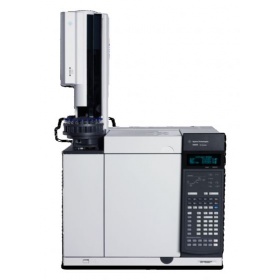体内进行显微粒子成像测速方法测量鸟禽胚胎心脏血浆的流
The measurement of blood-plasma velocity distributions with spatial and temporal resolution in vivo is inevitable for the
determination of shear stress distributions in complex geometries at unsteady flow conditions like in the beating heart. A nonintrusive,
whole-field velocity measurement technique is required that is capable of measuring instantaneous flow fields at submillimeter
scales in highly unsteady flows. Micro particle image velocimetry ðmPIVÞ meets these demands, but requires special
consideration and methodologies in order to be utilized for in vivo studies in medical and biological research.
We adapt mPIV to measure the blood-plasma velocity in the beating heart of a chicken embryo. In the current work, bio-inert,
fluorescent liposomes with a nominal diameter of 400nm are added to the flow as a tracer. Because of their small dimension and
neutral buoyancy the liposomes closely follow the movement of the blood-plasma and allow the determination of the velocity
gradient close to the wall. The measurements quantitatively resolve the velocity distribution in the developing ventricle and atrium
of the embryo at nine different stages within the cardiac cycle. Up to 400 velocity vectors per measurement give detailed insight into
the fluid dynamics of the primitive beating heart. A rapid peristaltic contraction accelerates the flow to peak velocities of 26 mm/s,
with the velocity distribution showing a distinct asymmetrical profile in the highly curved section of the outflow tract.
In relation to earlier published gene-expression experiments, the results underline the significance of fluid forces for embryonic
cardiogenesis. In general, the measurements demonstrate that mPIV has the potential to develop into a general tool for instationary
flow conditions in complex flow geometries encountered in cardiovascular research. 电动层析显微粒子成像测速PIV-Mitas

文件大小:520.41KB
建议WIFI下载,土豪忽略








